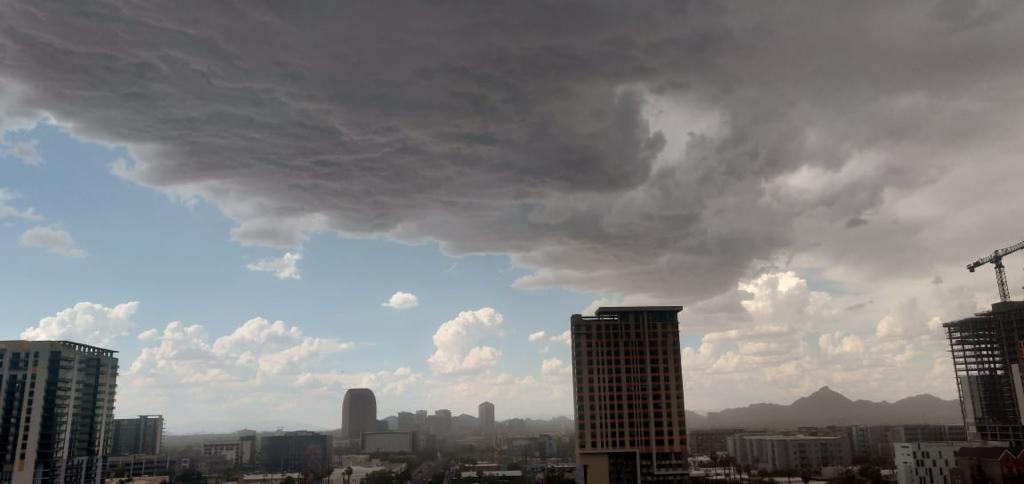As I am writing, tiny drops of rain gently knock on my window. There is a pleasant silence. The monsoon season has just started in Arizona: it brings joy and relief, an escape from the agony of the extreme heat.
Living in this city has something not so desirable sometimes: extreme heat. Phoenix’s roads, tall buildings or other infrastructures absorb the sun’s energy, raising temperatures dramatically. It is a problem that doesn’t end when the sun goes down: the trapped warmth is slowly released throughout the night, keeping temperatures high. This is known as the urban heat island effect.
Extreme heat affects cities and communities, everybody. Sometimes, it can be unbearable! But it is a preventable disease.
Unfortunately, climate change is contributing to more frequent and severe heat waves. More importantly, climate crisis is an important driver of urban inequality. Disadvantaged groups suffer disproportionately from the adverse effects of climate change. They have greater exposure to climate hazards and less ability to cope with or recover from the damage. It is like a vicious cycle.
For unhoused people in Phoenix or elsewhere, extreme heat increases their chance of heat related illness and even death.
Today we had the chance to talk with the mayor of Phoenix, Kate Gallego. She has a keen attention for the community needs and future challenges and, does not fall for the “anti-science” rhetoric. Phoenix is one of the fastest- growing cities and the first city in the US to have a permanent Office of Heat Response & Mitigation, to manage heat waves in the city. It has also a Cool Pavement Program and Tree Program.
Her goal is to turn Phoenix into the first sustainable desert city, to benefit low-income communities and create healthier environments.

Cities around the world are seeking out creative strategies to mitigate heat waves, to provide some relief from the agony of extreme heat. Yesterday, the mayor of Seville in southern Spain launched the first program to give names to and rank extreme heat waves.
Phoenix and other cities need solutions that address both climate change and inequality together. Growing urban areas needs to better prepare for a world that’s only getting hotter—and fast.
